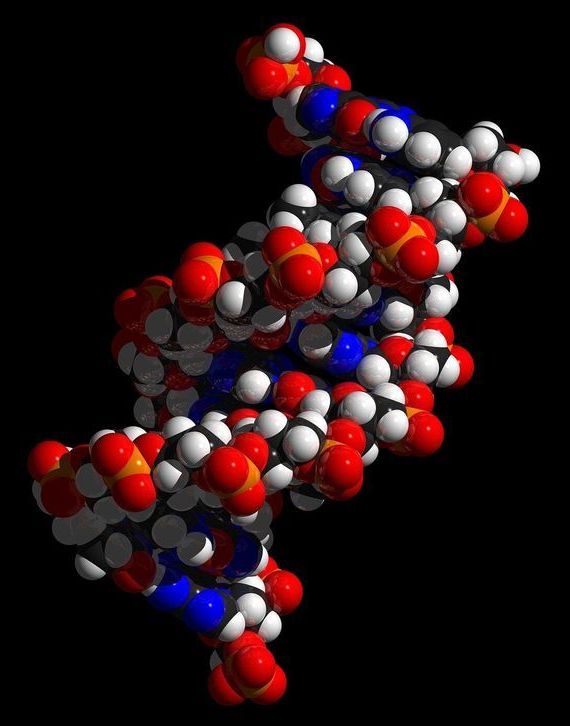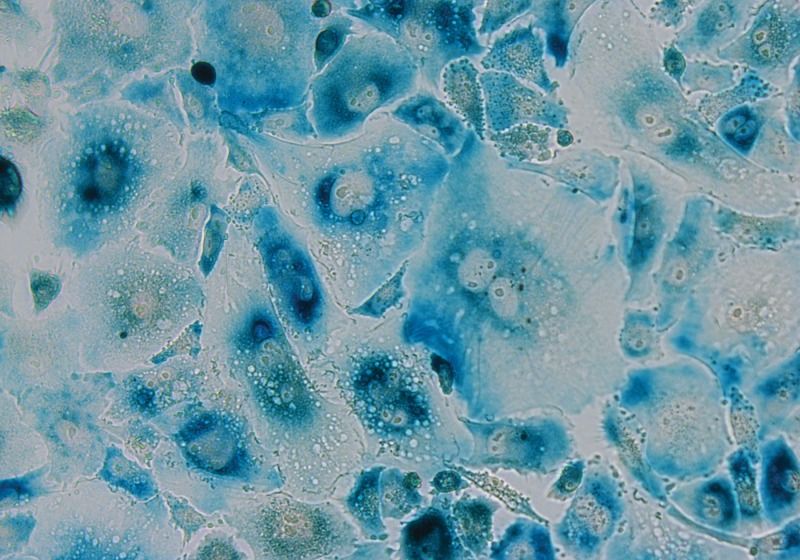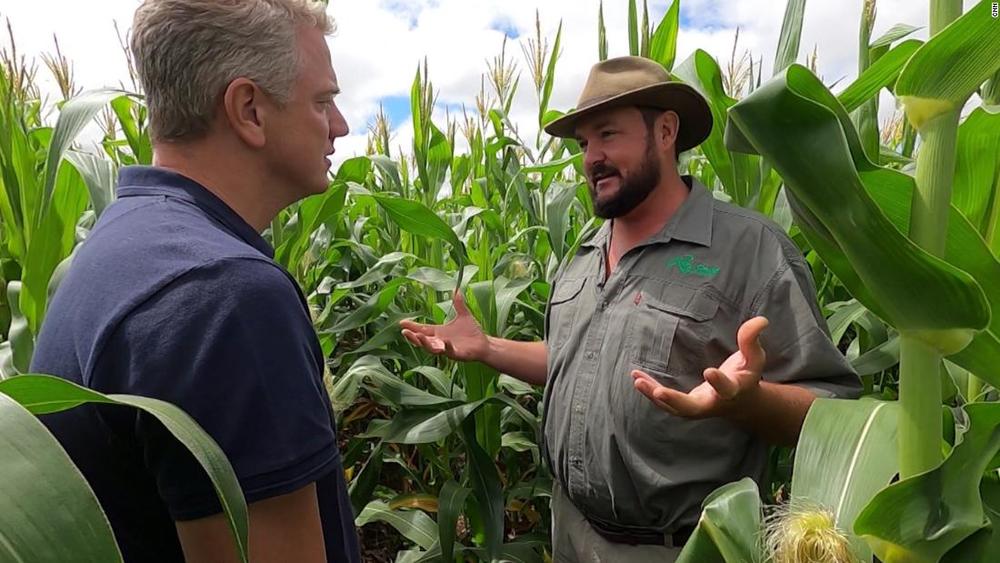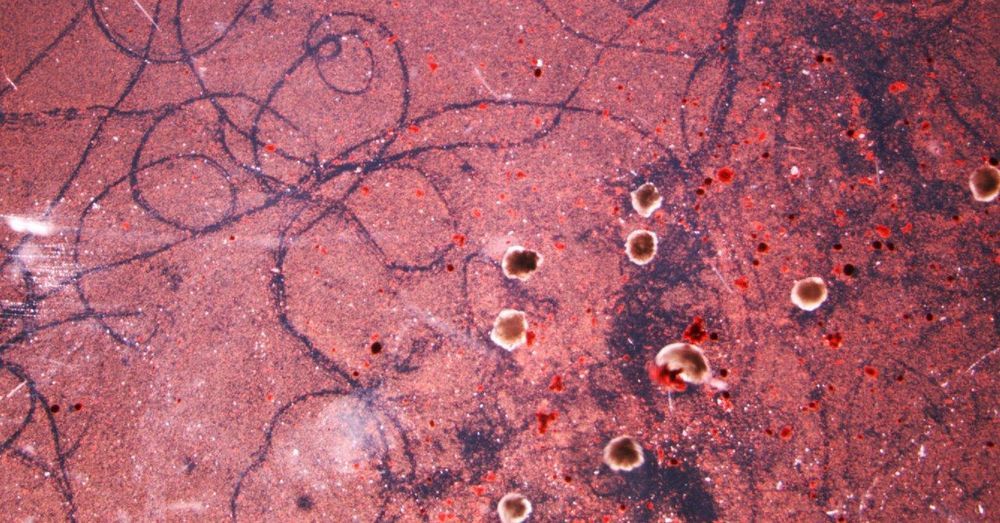Authorities in China step up surveillance and roll out new artificial intelligence tools to fight deadly epidemic.
Curr Top Microbiol Immunol. 2005;287:1–30.
In addition to the SARS coronavirus (treated separately elsewhere in this volume), the complete genome sequences of six species in the coronavirus genus of the coronavirus family [avian infectious bronchitis virus-Beaudette strain (IBV-Beaudette), bovine coronavirus-ENT strain (BCoV-ENT), human coronavirus-229E strain (HCoV-229E), murine hepatitis virus-A59 strain (MHV-A59), porcine transmissible gastroenteritis-Purdue 115 strain (TGEV-Purdue 115), and porcine epidemic diarrhea virus-CV777 strain (PEDV-CV777)] have now been reported. Their lengths range from 27,317 nt for HCoV-229E to 31,357 nt for the murine hepatitis virus-A59, establishing the coronavirus genome as the largest known among RNA viruses.
Cells can both survive and multiply under more stress than previously thought, shows research from the Faculty of Health and Medical Sciences.
This was found by inhibiting the essential gene DNA polymerase alpha, or POLA1, which initiates DNA replication during cell division.
The discovery gives researchers new insights into DNA replication and may potentially be used for a new type of cancer treatment. Research Leader and Associate Professor Luis Toledo of the Center for Chromosome Stability at the Department of Cellular and Molecular Medicine states as follows:
New paper sheds light on the age-old question about the frequency of planets around binary versus single stars.
I think so.
A handful of clinical trials are underway to find out whether drugs that target senescent cells can slow the ravages of old age.
A quiet revolution is reshaping the agricultural world, with farmers like Danie Slabbert saying that if we want to save the planet, it’s not so much about what we eat, but how we farm. CNN’s David McKenzie reports.
The February edition of Journal Club, hosted by Dr. Oliver Medvedik, took a look at a recent paper that explored using gamma stimulation, accomplished through visual and auditory stimuli, to treat Alzheimer’s disease.
Under the watchful eye of a microscope, busy little blobs scoot around in a field of liquid—moving forward, turning around, sometimes spinning in circles. Drop cellular debris onto the plain and the blobs will herd them into piles. Flick any blob onto its back and it’ll lie there like a flipped-over turtle.
Their behavior is reminiscent of a microscopic flatworm in pursuit of its prey, or even a tiny animal called a water bear—a creature complex enough in its bodily makeup to manage sophisticated behaviors. The resemblance is an illusion: These blobs consist of only two things, skin cells and heart cells from frogs.
Writing today in the Proceedings of the National Academy of Sciences, researchers describe how they’ve engineered so-calleds (from the species of frog, Xenopus laevis, whence their cells came) with the help of evolutionary algorithms. They hope that this new kind of organism—contracting cells and passive cells stuck together—and its eerily advanced behavior can help scientists unlock the mysteries of cellular communication.
Hod Hasharon-based BATM Advanced Communications Limited announced that they have developed a new diagnostic kit to detect the novel coronavirus.
As the CEO of the company Dr. Zvi Marom explained to The Jerusalem Post, compared to the kit that is currently used by hospitals all over the world, the product conceived by BATM has the advantage of being faster and more accurate and, within a few weeks, the company aims to set the cost at approximately NIS 1 per test. The kit is expected to be CE approved next week.









